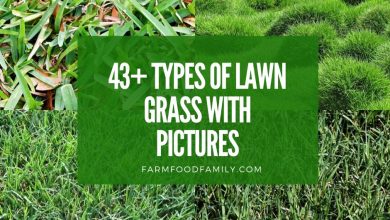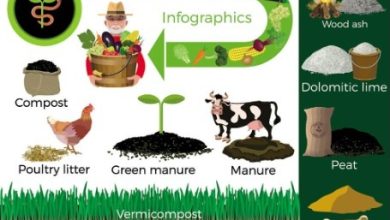Lamium amplexicaule, a plant that thrives easily

Lamium amplexicaule also known as Zapatitos de la Virgen, Bunnies, Lamio, Mansa Nettle, Lesser Dead Nettle or Triggers . It belongs to the Lamiaceae family, which is distributed throughout Europe, West Asia and North Africa.

Don’t stop reading: Jatropha podagrica produces beautiful red flowers
Lamium amplexicaule characteristics
It is an annual herbaceous plant that usually reaches a height of 30 cm. The stems are of square selection, with short, scattered hairs and of a reddish tone.
The leaves are opposite, simple, petiolate, ovate and crenate. They are covered in short, soft hairs that are green to red in color.
The flowers are arranged in groups at the end of the stem. They are zygoforms, with petals on the corolla forming a long tube that ends in two lips.
The upper one is cap-shaped, while the lower one with stained lobes. It is purple and covered with hairs. It blooms at the end of winter.
Lamium amplexicaule care

Ruderal and adventitious plant that is cultivated in nitrogen. It is used in semi-natural grasslands and could even be shared with certain plants such as Bellis, Ranuculus, etc.
It spreads wild. The plant disperses and conquers new places thanks to the ants , since the seed that falls from its fruit attracts them in search of food.
It is a species that can tolerate shade very well, thriving under trees and hedges.
It requires nitrogenous soils so that it can thrive without major problem.
Even in areas with extreme climates it can remain all year round.
Applications
The young leaves, roots and shoots are used for natural salads. While cooked for soups. Instead the flowers to make jams. Although it is advisable not to abuse its saponins.
Due to its tannin content, it can be used in the manufacture of shampoos, herbal baths and facial lotions.
Another use is in the form of eye drops to clean and heal the eyes. As well as in the treatment of menstrual disorders and infected wounds.
Perhaps it is a plant that is not seen very often, but that is worth knowing. And although it can be considered a weed, just having it under supervision will be more than enough to make it last beautiful.
Now that if you are lucky enough to have it, do not hesitate to give us a few tips so that it can thrive in the garden or green space. What do you say? Do you like it?

![Photo of Mistletoe: [Cultivation, Care, Irrigation, Substrate, Pests and Diseases]](https://www.complete-gardening.com/wp-content/uploads/2022/08/mistletoe-cultivation-care-irrigation-substrate-pests-and-diseases-390x220.jpg)

![Photo of Heliotrope: [Cultivation, Irrigation, Associations, Pests and Diseases]](https://www.complete-gardening.com/wp-content/uploads/2022/08/heliotrope-cultivation-irrigation-associations-pests-and-diseases-390x220.png)
